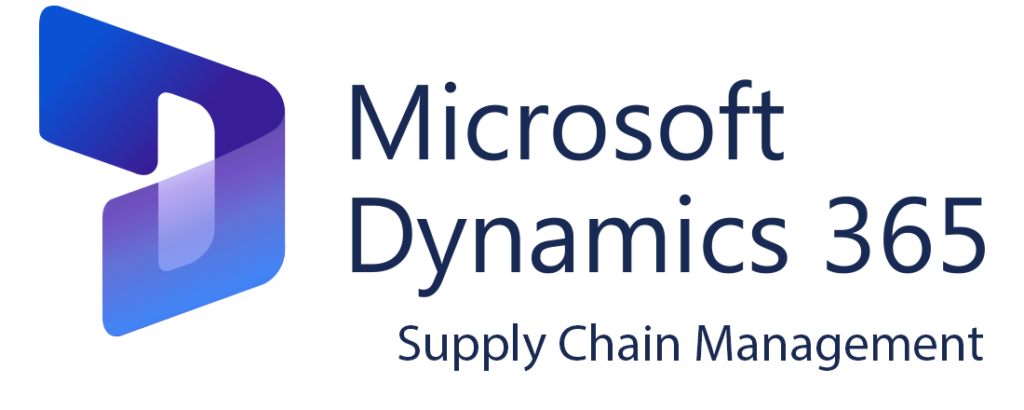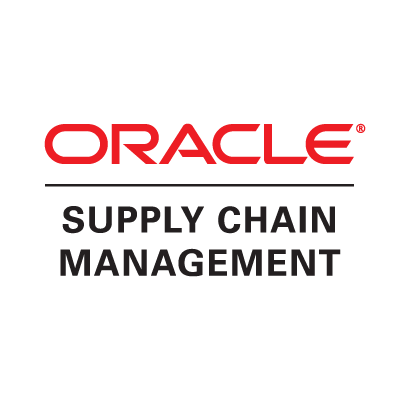Inventory Manager and Analyst
Inventory management and analysis is the process of efficiently and effectively controlling and overseeing a company’s inventory. It involves the monitoring, tracking, and optimization of inventory levels to ensure the right products are available at the right time, in the right quantities, and at the right cost.
Inventory management aims to strike a balance between meeting customer demand and minimizing costs associated with inventory holding, storage, and obsolescence. It involves various activities such as forecasting demand, setting inventory levels, replenishment planning, and implementing inventory control measures.
Inventory analysis, on the other hand, involves analyzing inventory data and metrics to gain insights into inventory performance and make informed decisions. It includes analyzing inventory turnover, carrying costs, stockouts, lead times, and other key performance indicators (KPIs) to identify areas of improvement and optimize inventory management strategies.
The benefits of effective inventory management and analysis are numerous. It helps businesses avoid stockouts and minimize excess inventory, leading to improved customer satisfaction, reduced carrying costs, and increased profitability. By accurately forecasting demand and optimizing inventory levels, companies can streamline their supply chains, reduce lead times, and enhance operational efficiency. Inventory analysis also enables businesses to identify slow-moving or obsolete items, optimize product assortment, and make data-driven decisions to improve overall inventory performance.
What are the benefits of outsourcing Inventory Manager and Analyst?
Outsourcing inventory management and analysis can offer several benefits to businesses. Here are some key advantages:

Expertise
Outsourcing to a dedicated inventory management and analysis service provider allows businesses to leverage the expertise and specialized knowledge of professionals in the field. These providers are well-versed in industry best practices, advanced tools, and analytical techniques, ensuring accurate inventory management and insightful analysis.

Cost savings
Outsourcing can result in cost savings for businesses. By partnering with an external service provider, companies can avoid the expenses associated with hiring, training, and maintaining an in-house inventory management team. Additionally, outsourcing allows for better control over inventory levels, reducing carrying costs and the risk of excess or obsolete inventory.

Advanced Technology and Tools
Outsourcing partners often employ advanced inventory management systems, software, and analytical tools that may be cost-prohibitive for businesses to acquire and maintain internally. Leveraging these technologies can enhance accuracy, efficiency, and decision-making in inventory management and analysis processes.

Data-driven Insights and Reporting
Outsourcing providers typically generate comprehensive reports and insights based on inventory data and analysis. These reports offer valuable information on inventory performance, trends, and recommendations for improvement. Businesses can make informed decisions, optimize inventory levels, and improve overall operational efficiency based on these insights.

Scalability
Outsourcing provides businesses with the flexibility to scale their inventory management operations based on fluctuating demand and business needs. Service providers can easily adapt to changing inventory requirements, accommodate growth, and handle seasonal variations, ensuring optimal inventory levels and improved agility.

Focus on core competencies
By outsourcing inventory management and analysis, businesses can shift their focus and resources towards their core competencies and strategic activities. It allows internal teams to concentrate on core business functions, such as product development, sales, and customer service, while leaving the specialized inventory management tasks to the experts.

Risk Mitigation
Effective inventory management and analysis can help mitigate risks associated with stockouts, excess inventory, obsolescence, and supply chain disruptions. By outsourcing these functions to professionals, businesses can reduce these risks, enhance supply chain resilience, and maintain a competitive edge in the market.
Overall, outsourcing inventory management and analysis allows businesses to access specialized expertise, reduce costs, improve efficiency, and make data-driven decisions. It enables companies to optimize their inventory levels, enhance customer satisfaction, and drive overall business success.
What qualifications, skills and experience make a successful Inventory Manager and Analyst?
To be successful as an Inventory Manager and Analyst, individuals should possess a combination of qualifications, skills, and experience. Here are some key factors that contribute to success in this role:
- Education and Qualifications:
- A bachelor’s degree in supply chain management, logistics, business administration, or a related field is typically required.
- Relevant certifications such as Certified in Production and Inventory Management (CPIM) or Certified Supply Chain Professional (CSCP) can demonstrate expertise and professional development.
- Inventory Management Knowledge:
- In-depth understanding of inventory management principles, techniques, and best practices.
- Knowledge of inventory control methods, including ABC analysis, safety stock calculation, economic order quantity (EOQ), and just-in-time (JIT) inventory management.
- Familiarity with inventory management software and systems.
- Analytical Skills:
- Strong analytical and quantitative skills to collect, interpret, and analyze data related to inventory levels, demand patterns, lead times, and other relevant factors.
- Proficiency in using analytical tools and software to generate meaningful insights and reports.
- Ability to identify trends, patterns, and areas for improvement based on inventory analysis.
- Technical Competence:
- Proficiency in using inventory management software, warehouse management systems (WMS), and enterprise resource planning (ERP) systems.
- Knowledge of data analysis and visualization tools such as Excel, Tableau, or Power BI.
- Understanding of barcode scanning, RFID technology, and other inventory tracking methods.
- Communication and Collaboration:
- Strong communication skills to interact with stakeholders across different levels of the organization, including warehouse staff, procurement teams, and senior management.
- Ability to effectively communicate inventory-related insights, reports, and recommendations to non-technical audiences.
- Collaborative mindset to work with cross-functional teams and build relationships with suppliers and vendors.
- Problem-Solving and Decision-Making:
- Ability to identify inventory-related challenges, assess risks, and develop solutions.
- Strong decision-making skills to determine optimal inventory levels, reorder points, and replenishment strategies.
- Capacity to make data-driven decisions and balance conflicting priorities.
- Attention to Detail and Organizational Skills:
- Strong attention to detail to ensure accuracy in inventory records, data analysis, and reporting.
- Excellent organizational skills to manage multiple inventory items, locations, and suppliers effectively.
- Ability to prioritize tasks, meet deadlines, and handle time-sensitive situations.
- Experience:
- Previous experience in inventory management, supply chain, or related roles is highly beneficial.
- Experience with inventory forecasting, demand planning, and inventory optimization techniques.
- Familiarity with industry-specific inventory management challenges and regulations.
Successful Inventory Managers and Analysts combine their knowledge of inventory management principles, analytical skills, and experience to effectively manage inventory levels, optimize supply chain operations, and contribute to overall business success.
What tools and systems do Inventory Manager and analyst need to be successful in their roles?
To be successful in their roles, Inventory Managers and Analysts rely on various tools and systems that facilitate efficient inventory management and analysis. Here are some essential tools and systems commonly used in the field:
- Inventory Management Software:
- Advanced inventory management software enables efficient tracking and control of inventory levels, orders, and replenishment.
- Popular inventory management systems include SAP ERP, Oracle NetSuite, Fishbowl Inventory, and Zoho Inventory.
- Warehouse Management Systems (WMS):
- WMS software streamlines warehouse operations and inventory movement, providing real-time visibility into inventory levels, locations, and transactions.
- Examples of WMS solutions include Manhattan Associates, HighJump, and JDA Warehouse Management.
- Enterprise Resource Planning (ERP) Systems:
- ERP systems integrate various business processes, including inventory management, procurement, sales, and finance, into a unified platform.
- Common ERP systems used for inventory management include SAP ERP, Oracle ERP Cloud, and Microsoft Dynamics 365.
- Data Analysis and Visualization Tools:
- Tools like Microsoft Excel, Google Sheets, and Tableau allow Inventory Managers and Analysts to analyze inventory data, generate reports, and visualize key performance indicators (KPIs).
- Advanced data analytics tools, such as Python or R programming languages, can be used for in-depth analysis and predictive modeling.
- Barcode Scanning and RFID Technology:
- Barcode scanning systems enable efficient tracking and identification of inventory items, reducing errors and enhancing inventory accuracy.
- RFID (Radio Frequency Identification) technology enables automated inventory tracking and management by using radio waves to identify and track items with RFID tags.
- Demand Planning and Forecasting Tools:
- Demand planning software assists in forecasting future demand patterns and helps determine optimal inventory levels and replenishment strategies.
- Tools like Blue Yonder (formerly JDA Software) and Vanguard Predictive Planning provide demand forecasting capabilities.
- Collaboration and Communication Platforms:
- Collaboration tools like Microsoft Teams, Slack, or project management software enable effective communication and coordination among inventory management teams and stakeholders.
- Supply Chain Analytics Platforms:
- Supply chain analytics platforms help analyze and optimize the end-to-end supply chain, including inventory management.
- Examples include IBM Supply Chain Analytics, SAS Supply Chain Intelligence, and Blue Yonder Luminate Planning.
- Mobile Applications:
- Mobile apps tailored for inventory management allow on-the-go access to real-time inventory information, order tracking, and reporting.
- These apps enable Inventory Managers and Analysts to stay connected and make timely decisions while away from their desks.
The specific tools and systems used may vary depending on the organization’s size, industry, and specific inventory management needs. Implementing the right combination of these tools can significantly enhance the efficiency, accuracy, and overall effectiveness of inventory management and analysis processes.






